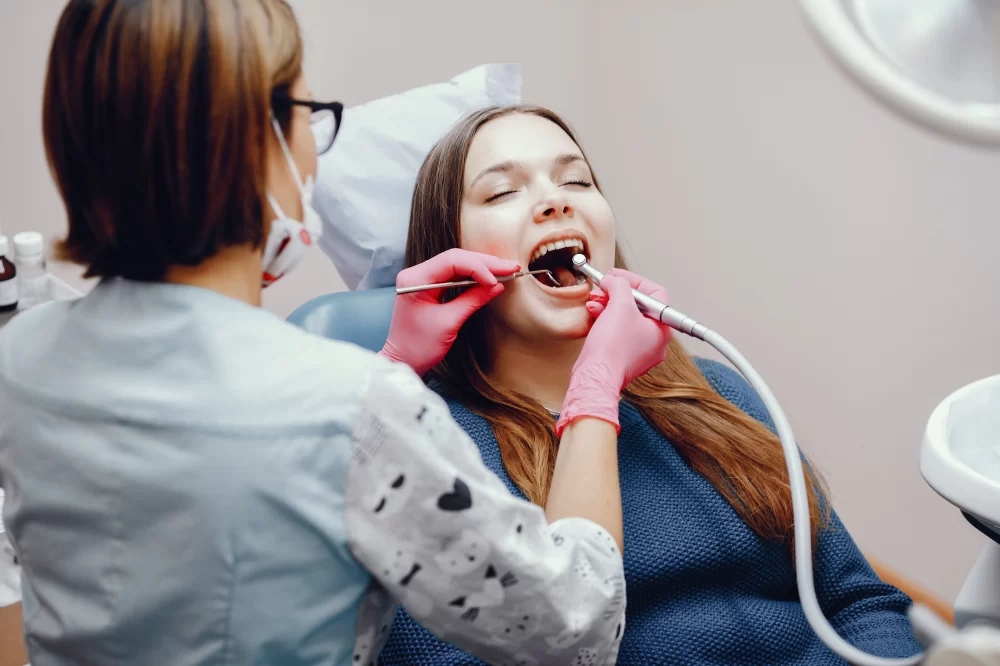
- Importance of Caring for Fillings After Root Canal
- Daily Maintenance and Hygiene Tips
- Dietary Considerations to Protect Fillings
- Monitoring Signs of Problems and When to See a Dentist
- Professional Care and Follow-up Treatments
- Real-life Experience and Advice
1. Importance of Caring for Fillings After Root Canal
Root canal therapy is a vital procedure to save a severely damaged or infected tooth. After the treatment, dental fillings are placed to seal the tooth and restore its function. However, many patients underestimate how crucial it is to properly care for these fillings. Good care not only ensures the longevity of the dental filling but also prevents reinfection and further damage.
Understanding how to care for dental fillings after root canal therapy is key to maintaining overall oral health. The treated tooth becomes more vulnerable due to structural changes and potential brittleness, so the filling must be protected from wear, cracks, and decay. Failing to do so can lead to additional treatments or even tooth loss.
Proper post-root canal treatment care enhances the success rate of the procedure and safeguards your smile. If you want personalized recommendations and trusted products to maintain your dental fillings effectively, Dentistry Toothtruth offers expert advice and suitable solutions tailored to your needs.
1.1 Structural Sensitivity of Treated Teeth
After root canal therapy, the tooth loses its nerve and blood supply, making it less resilient. The filling serves as a crucial barrier against bacteria and external damage. Protecting this seal is essential for the health of the tooth and surrounding tissues.
2. Daily Maintenance and Hygiene Tips
One of the most important steps in caring for dental fillings after root canal therapy is maintaining excellent oral hygiene. Bacteria and plaque accumulation around fillings can cause decay or inflammation that jeopardizes the treatment’s success.
2.1 Proper Brushing Techniques
Use a soft-bristled toothbrush and fluoride toothpaste to gently clean all surfaces of your teeth, especially around the filled tooth. Brushing twice daily is a must, but take care not to use excessive force, which might damage the filling.
2.2 Flossing and Interdental Care
Floss daily to remove food debris and plaque from between teeth where brushing cannot reach. For those with limited dexterity, interdental brushes or water flossers are effective alternatives to keep the area around the filling clean.
2.3 Avoiding Harmful Habits
Habits like nail-biting, chewing ice, or using teeth as tools can damage fillings. Avoid these to preserve the integrity of your dental work.
3. Dietary Considerations to Protect Fillings
Your diet plays a significant role in how long your dental fillings last after root canal therapy. Certain foods and drinks can affect the durability of fillings and the overall health of your tooth.
3.1 Limit Sugary and Acidic Foods
Sugar feeds harmful bacteria that cause decay, and acidic foods can erode both the tooth and the filling material. Minimize consumption of soda, citrus fruits, candies, and other acid-heavy foods.
3.2 Choose Tooth-Friendly Snacks
Snacks such as nuts, cheese, and crunchy vegetables not only nourish your body but also help maintain a healthy mouth by stimulating saliva flow, which naturally protects teeth.
3.3 Hydration and Saliva
Drinking plenty of water helps rinse away food particles and keeps saliva production steady, which is a natural defense against bacterial growth.
4. Monitoring Signs of Problems and When to See a Dentist
Even with the best care, dental fillings can sometimes develop issues. Recognizing early warning signs can save your tooth from further damage.
4.1 Sensitivity and Pain
Mild sensitivity is normal after root canal treatment, but sharp or persistent pain near the filled tooth may indicate problems like a cracked filling or reinfection.
4.2 Visible Damage or Discoloration
Look out for any chips, cracks, or discoloration in the filling material. These changes can weaken the tooth’s protection and require professional attention.
4.3 Swelling or Gum Irritation
Inflamed or swollen gums near the treated tooth might suggest infection or irritation, which should prompt a timely dental visit.
5. Professional Care and Follow-up Treatments
Regular dental check-ups after root canal therapy are essential. Dentists can monitor the condition of your fillings and the treated tooth to prevent complications.
5.1 Routine Dental Visits
Schedule check-ups every six months, or as recommended by your dentist. During these visits, the filling is inspected for wear and the tooth is evaluated for any signs of trouble.
5.2 Possible Need for Crown or Replacement
Sometimes, a filling might need reinforcement or replacement, or the tooth may require a crown to provide extra protection after root canal therapy. Early intervention increases the chance of saving the tooth long-term.
5.3 Professional Cleaning
Professional dental cleaning helps remove plaque buildup around the filling that regular brushing cannot reach, supporting overall oral health.
6. Real-life Experience and Advice
Consider the story of Emily, who had root canal treatment on a molar and was diligent about caring for her dental filling. By following daily hygiene tips and avoiding hard foods, she kept her filling intact for over five years. When minor sensitivity appeared, her dentist promptly replaced the worn filling, preventing more serious issues.
Emily’s experience shows that attentive care and regular dental visits can dramatically improve the lifespan of dental fillings after root canal therapy.
For anyone looking to maintain dental health after root canal treatment, Dentistry Toothtruth offers trustworthy recommendations for care products and professional services that make this process easier and more effective.







 Summit Dental Care4.0 (124 review)
Summit Dental Care4.0 (124 review) Fair Oaks Orthodontics5.0 (29 review)
Fair Oaks Orthodontics5.0 (29 review) Dental Care of North Fort Myers4.0 (708 review)
Dental Care of North Fort Myers4.0 (708 review) Sarkissian Dentistry: Robert Sarkissian, DDS, MAGD5.0 (84 review)
Sarkissian Dentistry: Robert Sarkissian, DDS, MAGD5.0 (84 review) Root 66 Endodontics4.0 (16 review)
Root 66 Endodontics4.0 (16 review) Scott Soderquist, DDS, MS0.0 (0 review)
Scott Soderquist, DDS, MS0.0 (0 review) The Importance of Oral Health Education During Pregnancy for a Healthy Pregnancy
The Importance of Oral Health Education During Pregnancy for a Healthy Pregnancy Best Tips for Brushing Your Teeth Properly for Healthy Gums: Essential Techniques for Oral Health
Best Tips for Brushing Your Teeth Properly for Healthy Gums: Essential Techniques for Oral Health Why Skipping Dental Checkups Can Lead to Bigger Oral Health Problems
Why Skipping Dental Checkups Can Lead to Bigger Oral Health Problems Advantages of Porcelain Dental Restorations
Advantages of Porcelain Dental Restorations How Can Diabetes Cause Tooth and Gum Problems? Preventing and Managing Oral Health Issues
How Can Diabetes Cause Tooth and Gum Problems? Preventing and Managing Oral Health Issues Healthy Habits for Promoting Good Oral Health and Hygiene: Tips for a Healthy Smile
Healthy Habits for Promoting Good Oral Health and Hygiene: Tips for a Healthy Smile